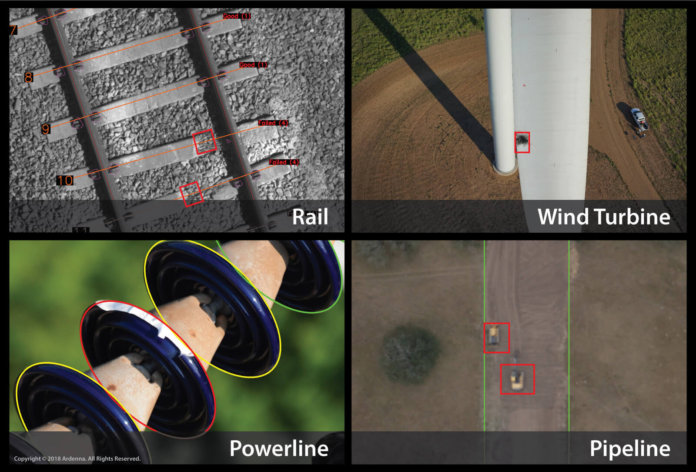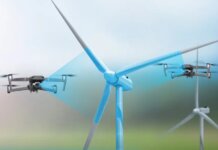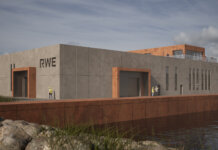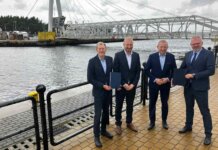On the heels of its success with BNSF Railway on automated, long-range drone inspections of railroad tracks, Bihrle Applied Research is spinning off its computer vision and machine learning capabilities in a new venture called Ardenna.
The new venture will offer drone solutions for the automated detection, classification and reporting of anomalies found during the inspection of critical infrastructure. Ardenna will continue to offer its RailVision solution developed by Bihrle for BNSF, but it will now expand its intelligent automation solutions for critical infrastructure inspections into the energy sector, including for power lines, pipelines, solar panels and wind turbines.
According to Bihrle, Ardenna’s solutions enable the intelligent automation of infrastructure inspections to provide insightful and actionable data more quickly and accurately than human reviewers.
“Given the current robust aerospace market, we continue to see a strong demand for our core aeronautical research and development capabilities,” says Jack Ralston, president of Bihrle. “At the same time, we see the increasing use of drones to capture imagery for asset inspections and the growing realization that automation is needed to process this imagery, so the creation of Ardenna allows the new venture to focus specifically on this opportunity.”
“Operations and maintenance (O&M) organizations have begun looking to drones as a new tool for monitoring the health of their assets,” explains David Patterson, business lead for Ardenna. “While drones do represent a tremendous opportunity to improve human safety – while providing new and alternative ways to visualize the health of an asset and establish predictive analytics capabilities – an unintended consequence is the tsunami of images being collected today.
“Ardenna solves the problem of having more images than humans can review by automating the detection, classification and reporting of anomalies – therefore, providing the critical information needed by O&M organizations in near-real time,” he continues. “The compelling need for this capability was clearly demonstrated in BNSF’s rail inspection application, so we are excited to bring this technology to other drone inspection use cases.”




